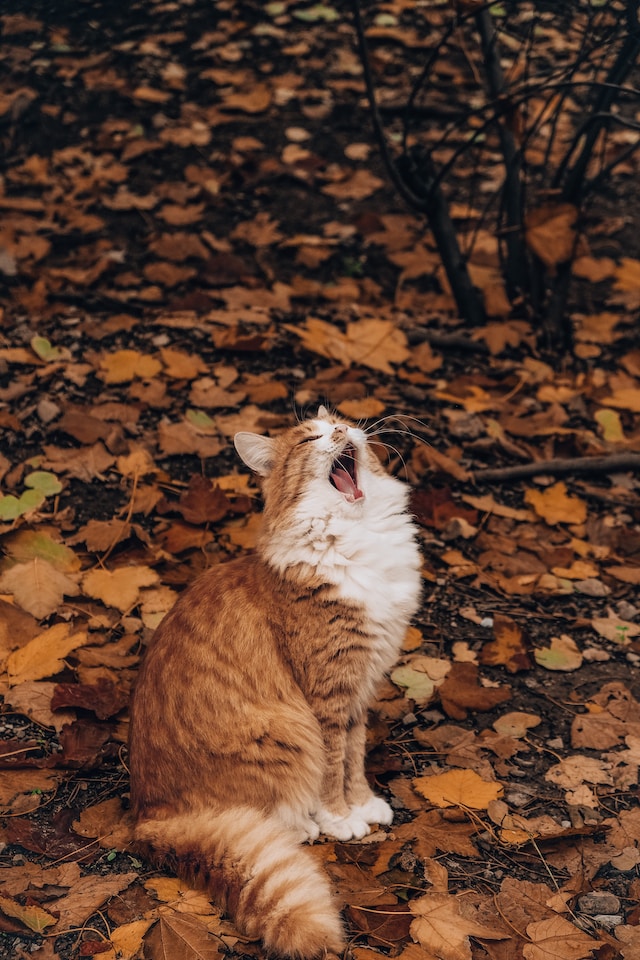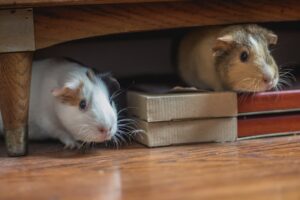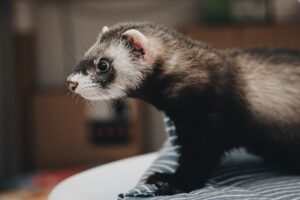
A Comprehensive Guide to Caring for Your Norwegian Forest Cat
Contents
Introduction
Norwegian Forest Cats are big, beautiful, cuddly and unique cats with a range of physical traits. They have large paws and tails, thick coats with colors ranging from light brown to black, and they’re known for their long tail tufts and whiskers that curl out like ram horns. Norwegian Forest Cats are intelligent and playful pets who enjoy playing games such as fetch or hide-and-seek with their owners.
Introduction
- The Norwegian Forest Cat is a breed of domestic cat native to Norway. They are also known as skogkatt in Norwegian, meaning “forest cat.”
- They’re large and robust felines with long hair and bushy tails that are common throughout Norway. They were first recognized by a national association in 1982, after being developed through selective breeding for centuries by the Vikings who wanted their own version of a cat that could survive outdoors during harsh winters without help from humans.
- These cats make great pets because they’re playful, affectionate, and loyal–but they also have an independent streak that will allow you plenty of time alone if you need it!
History
The Norwegian Forest Cat is a breed that originated in Norway. They are known for their beauty, intelligence and long, thick coat. The history of this breed dates back hundreds of years.
In the early days of Norway’s history (around 800 A.D.), there were many cats roaming around forests and farms; they hunted vermin like mice and rats as well as birds’ eggs which helped keep them safe from predators such as owls or foxes who would eat them if they had an easy meal available nearby. These cats also kept other animals away from their homes so farmers didn’t have to worry about losing crops or food supplies stored inside houses made out logs placed one atop another with moss between each layer providing insulation against cold temperatures during winter months when snow falls heavily across Northern Europe where most Norwegians live year round without summers being hot enough for growing plants indoors without artificial light sources like lamps needing recharging every few hours depending on how much energy used per day/weekend etcetera…
Appearance and Temperament
The Norwegian Forest Cat is a large, heavy cat with a thick, long coat that can be black, blue or brown. The wedge-shaped head and large ears are characteristic of this breed; their eyes are usually amber in color. They have large paws, which help them to walk through snow and climb trees!
Health Concerns and Diseases
- Norwegian Forest Cats are susceptible to a number of health issues. They can develop feline infectious peritonitis (FIP), feline immunodeficiency virus (FIV) and feline leukemia virus (FeLV).
- The breed is also prone to diabetes, hypothyroidism and kidney disease.
Grooming, Nutrition and Care Requirements
Brushing your cat’s coat is an important part of grooming. It will help remove loose hairs and maintain the health of their skin, as well as keep their fur looking shiny and healthy. The best brush for this purpose is one that has fine-toothed metal pins or bristles that can penetrate through thick coats without pulling them out by accident. You’ll also want to make sure that your brush has rounded tips so as not to scratch your pet’s delicate skin as you brush them!
Frequency: Daily brushing should be sufficient in most cases, but weekly sessions may be necessary if there are many mats or tangles in their fur (which could indicate fleas). If this becomes an issue, consult with a veterinarian who will advise on how often they should be brushed going forward based on their specific needs/conditions – some cats may require daily sessions while others only need weekly care depending on what kind of coat they have!
Training, Exercise and Playtime
Caring for a Norwegian Forest Cat is a lot of work, but it’s also rewarding. You’ll get plenty of attention from your cat and you’ll have the satisfaction of knowing that your furry friend is happy and healthy.
If you want to be sure that your Norwegian Forest Cat gets everything she needs, then it’s important that she gets trained early on so she can be trained easily later in life. Most cats learn how to use a litter box within their first week at home with humans; however, some are more stubborn than others when it comes to this matter! If your cat doesn’t seem interested in using her toilet after several weeks have passed since adopting her (or even if she has already been using one), try putting something with her own scent on top of the litter before placing food inside–this may entice her enough so that she decides against making any messes around the house!
The same goes for scratching: if there are certain areas where this behavior is unwelcome (such as furniture), then try putting up barriers such as cardboard boxes or bookshelf dividers between those areas so they can’t reach them anymore!
Norwegian Forest Cats are unique, intelligent cats with a range of physical traits.
Norwegian Forest Cats are a breed of longhaired cat with a thick coat that comes in a variety of colors. The breed originated in Norway, where it was used to hunt small game like birds and rodents.
The Norwegian Forest Cat has several unique physical traits: its body is large and muscular, with broad shoulders and paws that are larger than those of other cats; its head is long with prominent cheekbones; it has long hair around its ears; its tail can be up to 18 inches (46 cm) long!
Conclusion
Norwegian Forest Cats are one of the most unique and intelligent breeds out there. They have a range of physical traits that make them stand out from other types of cats, including their thick coat, long legs and tail. The Norwegian Forest Cat has been around for centuries and still remains popular today due to their unique personalities as well as their ability to adapt well in different environments.



Average Rating